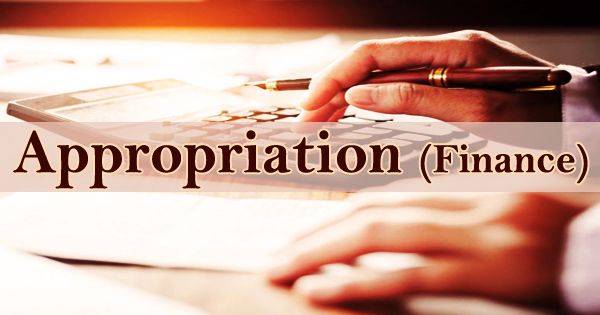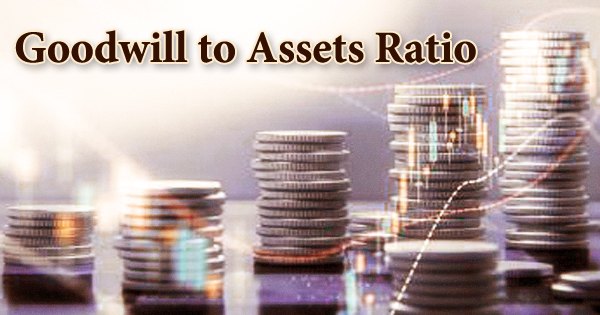Categories of Risks in Investment
Shortly speaking risk is the variability of return from an investment. Returns on investment may vary from the expectation of the investors. So risk may be defined as the likelihood that the actual return from an investment will be less than the expected return. Depending upon the elements of risk, it may be broadly divided into two categories like systematic risk and unsystematic risk. Some elements of risk that are external to the firm cannot be controlled and effect large numbers of securities are the sources of systematic risk. On the other hand, controllable, internal factors somewhat peculiar to industries and/or firms are referred to as elements of unsystematic risk. The risk associated with macro, pervasive factor such as a national economy is called systematic risk. On the other hand, the micro risks associated with factors particular to a company are called unsystematic or unique risk. Investment manager can do little about systematic risk, although they can do much about unsystematic or unique risk.
Pervasive Risk:
Some risks are pervasive and applicable to all investments.
- Purchasing power risk: Purchasing power risk is the uncertainty of purchasing power of the amount to be received. It refers to the impact of inflation or deflation on an investment.
- Default risk: Another form of systematic risk is default risk. This type of risk arises because firms may eventually go bankrupt. Default risk undiversifiable or uncontrollable as it is systematically related to the business cycle affecting all most all investment even though some default risk may be diversified away in a portfolio of independent investments.
- Exchange rate risk: The chance that return will be affected by changes in rates of exchange because investments have been made in international markets whose promise to pay dividends, interest, or principal is not denominated in domestic currency risk or exchange risk.
- Political risk: Also called country risk, political risk is the uncertainty due to the possibility of major political change in the country where an investment is located. The chance that returns will be affected by the policies and stability of nations is termed political risk.
Systematic risk:
Systematic risk refers to that portion of total variability in return on investment caused by factors affecting the prices of all securities in the portfolio. Economical, political, sociological changes are the sources of systematic risk. Their effect is to cause prices of nearly all individual common stocks, bonds, and other securities in the market to move together in the same manner. Systematic risk affects the economic or financial system. Systematic risk may be categorized under the following means:
- Market risk: The price of common stock changes frequently in the process of bought and sold by the investor or speculator in the market place. The price of a stock may fluctuate daily and cyclically even though earnings maintain unchanged and some common stocks have a seasonal pattern.
- Interest-rate-risk: Interest-rate-risk may be defined as the fluctuation in market price of fixed income securities owing to changes in levels of interest rate. Fixed income securities mean notes and bonds, mortgage-loan and preferred stock paying a definite amount of interest or dividends annually to investors.
- Liquidity risk: Liquidity risk is the possibility of not being able to sell an asset for fair market value. When an investor acquires an asset, he expects that the investment will mature or hat it could be sold to someone else.
- Default risk: Another risk of systematic risk is default risk. This type of risk arises because of firms may eventually go bankrupt. Default risk is undiversifiable or uncontrollable as it is systematically related to the business cycle affecting almost all investment even though some default risk may be diversified away in a portfolio of independent investments.
- Real estate risk: Such type of systematic risks is unique and generally not found in most investments rather than real estate. The specific risk inherited in real estate investments
Unsystematic risk
A portion of total risk that is unique or peculiar to a firm or an industry above and beyond that affecting securities market in general may be termed as unsystematic risk. Management capability, consumer preference, labor strikes are the elements of unsystematic risk. However, the unsystematic risk of an investment consists of two major components: credit risk and sector risk:
- Credit risk: Credit risk sometimes called company risk consists of business risk and financial risk. Business risk is the risk inherent in the nature of the business. So the credit risk analyzed is the ability to deliver returns that are consistent with the risk assumed. However, business risk and financial risk are discussed below:
- Business risk: The loss or income on capital associated with the ability of some companies to maintain their competitive position and to maintain their earnings growth is sometimes refers to as the business risk.
- Financial risk: Financial risk is associated with the way in which a company finances its investment activities. It may be defined as the change that an investment will not generate sufficient cash flows to cover interest payments on money borrowed to finance it or principal payments on the debt or to provide profits to the firm.
- Sector risk: Sector or industry risk refers to the risk of doing better or worse than expected as a result of investing in one sector of the economy instead of another
Finally, we may draw conclusion as- we can divide total risk into two components viz., a general or market component and a specific or issuer component. An investor can construct a diversified portfolio and eliminate part of the total risk called diversifiable or nonmarket risk. The systematic risk known as nondiversifiable or market risk is directly associated with overall movements in the general market or economy.
Information Source:
















